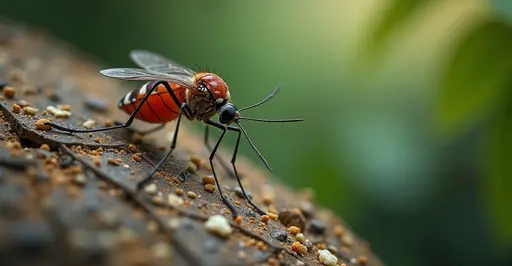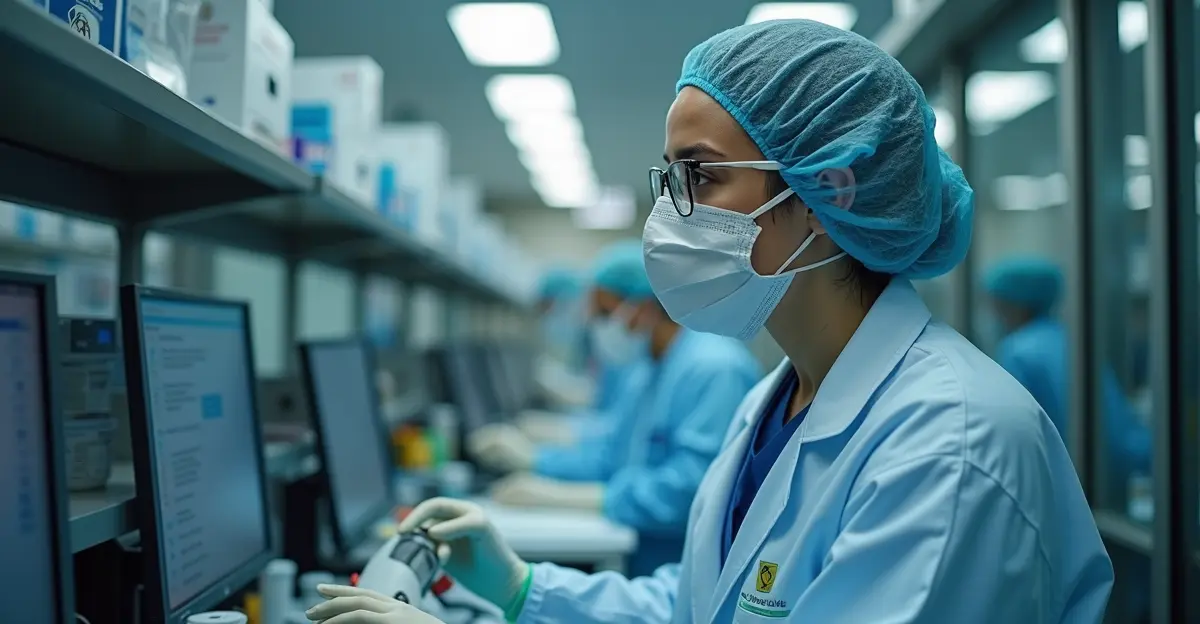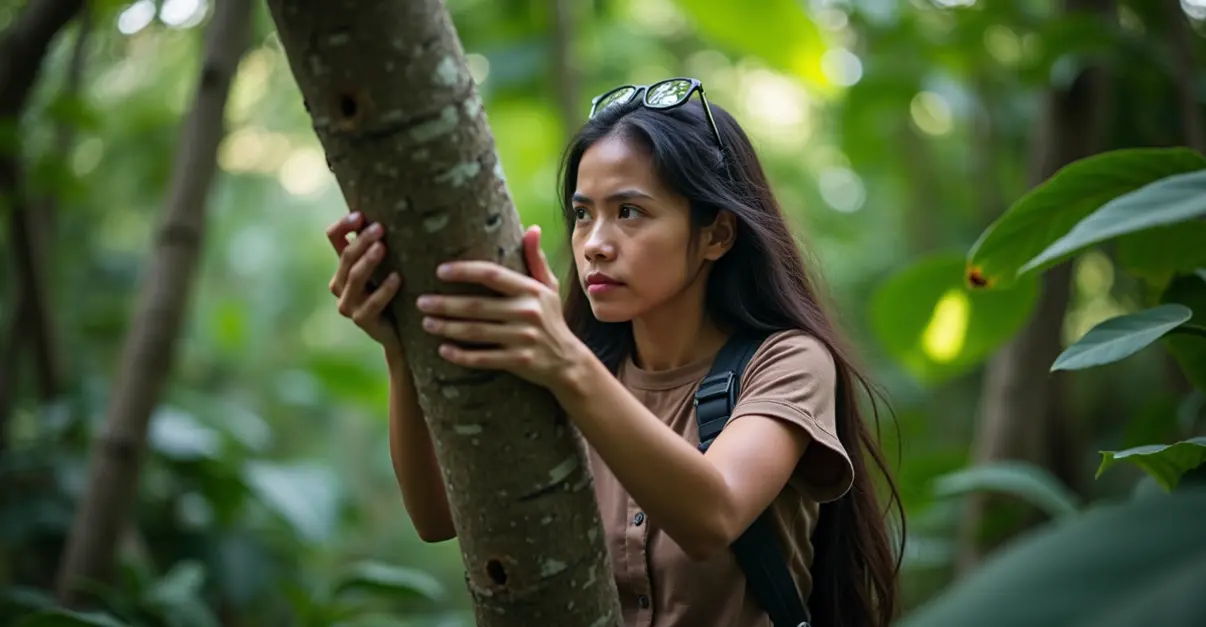One Health surveillance integrates human, animal, and environmental monitoring to detect zoonotic diseases early. Advanced technologies and cross-sector collaboration are crucial for preventing future pandemics through proactive detection systems.

The Urgent Need for Integrated Zoonotic Disease Surveillance
In an increasingly interconnected world, the threat of emerging zoonotic diseases—pathogens that jump from animals to humans—has never been more pressing. The COVID-19 pandemic served as a stark reminder of our vulnerability to such threats, exposing critical gaps in global surveillance systems. As we move through 2025, public health experts are championing the One Health approach as the most effective framework for detecting and responding to these emerging threats before they become global crises.
What is One Health Surveillance?
The One Health concept recognizes that human health is intrinsically linked to animal health and our shared environment. 'We can no longer afford to work in silos when dealing with diseases that don't respect species boundaries,' explains Dr. Maria Rodriguez, a veterinary epidemiologist at the World Health Organization. 'The traditional separation between human medicine, veterinary science, and environmental monitoring creates dangerous blind spots in our defense against pandemics.'
Recent research published in Nature Communications emphasizes that integrated surveillance systems must become the cornerstone of global health security. These systems combine data from human healthcare facilities, veterinary clinics, wildlife monitoring programs, and environmental sensors to create a comprehensive picture of disease dynamics.
Early Detection Technologies and Strategies
Advanced technologies are revolutionizing how we detect zoonotic threats. Wastewater surveillance has emerged as a particularly powerful tool, capable of detecting pathogens before clinical cases appear in human populations. 'Wastewater doesn't lie,' says Dr. James Chen, lead researcher at the Global Health Innovation Center. 'By monitoring sewage systems, we can identify novel viruses and antimicrobial resistance genes circulating in communities weeks before traditional healthcare systems would detect them.'
The development of platforms like GeoSeeq—the first climate-informed global infectious disease platform—demonstrates how artificial intelligence and big data analytics can transform surveillance. These systems integrate genomic data, climate patterns, social dynamics, and healthcare infrastructure information to predict disease hotspots and optimize response strategies.
Cross-Sector Collaboration Challenges
Despite the clear benefits, implementing effective One Health surveillance faces significant challenges. A recent study examining zoonotic disease surveillance in Ghana's Greater Accra metropolitan area revealed that while relationships between human and animal health sectors existed in 87.5% of districts, these collaborations remained weak and largely reactive. 'We found that collaboration typically only happens during outbreaks,' notes Dr. Kwame Asante, the study's lead author. 'For rabies or avian influenza, sectors work together, but for neglected diseases like anthrax or zoonotic tuberculosis, there's minimal cooperation.'
The wildlife sector often remains the missing link in these collaborations. As Dr. Sarah Johnson, director of the One Health Initiative, observes: 'Wildlife surveillance is chronically underfunded and understaffed, yet most emerging diseases originate in wildlife populations. We're essentially trying to fight fires without monitoring the forest.'
Global Frameworks and Future Directions
The National One Health Framework to Address Zoonotic Diseases 2025-2029 represents a significant step forward in formalizing cross-sector cooperation. This framework emphasizes the need for standardized data sharing protocols, joint training programs for human and animal health professionals, and integrated laboratory networks.
A global consultation involving over 400 stakeholders identified integrated surveillance as the top research priority for One Health in 2025. The consultation revealed important regional differences: African respondents emphasized governance and surveillance due to public health infrastructure gaps, while European and North American participants focused more on predictive modeling and advanced technologies.
'The future of pandemic prevention lies in our ability to detect threats at their source,' concludes Dr. Elena Martinez, head of the WHO's Emerging Diseases Division. 'One Health surveillance isn't just about better technology—it's about building trust and shared responsibility across all sectors that influence health.'
As climate change accelerates and human-animal interfaces expand, the need for robust, integrated surveillance systems has never been more urgent. The lessons from recent pandemics are clear: early detection through One Health approaches could save millions of lives and trillions of dollars in economic losses. The question is whether we will invest in prevention before the next crisis forces us to react.

 Nederlands
Nederlands
 English
English
 Deutsch
Deutsch
 Français
Français
 Español
Español
 Português
Português









